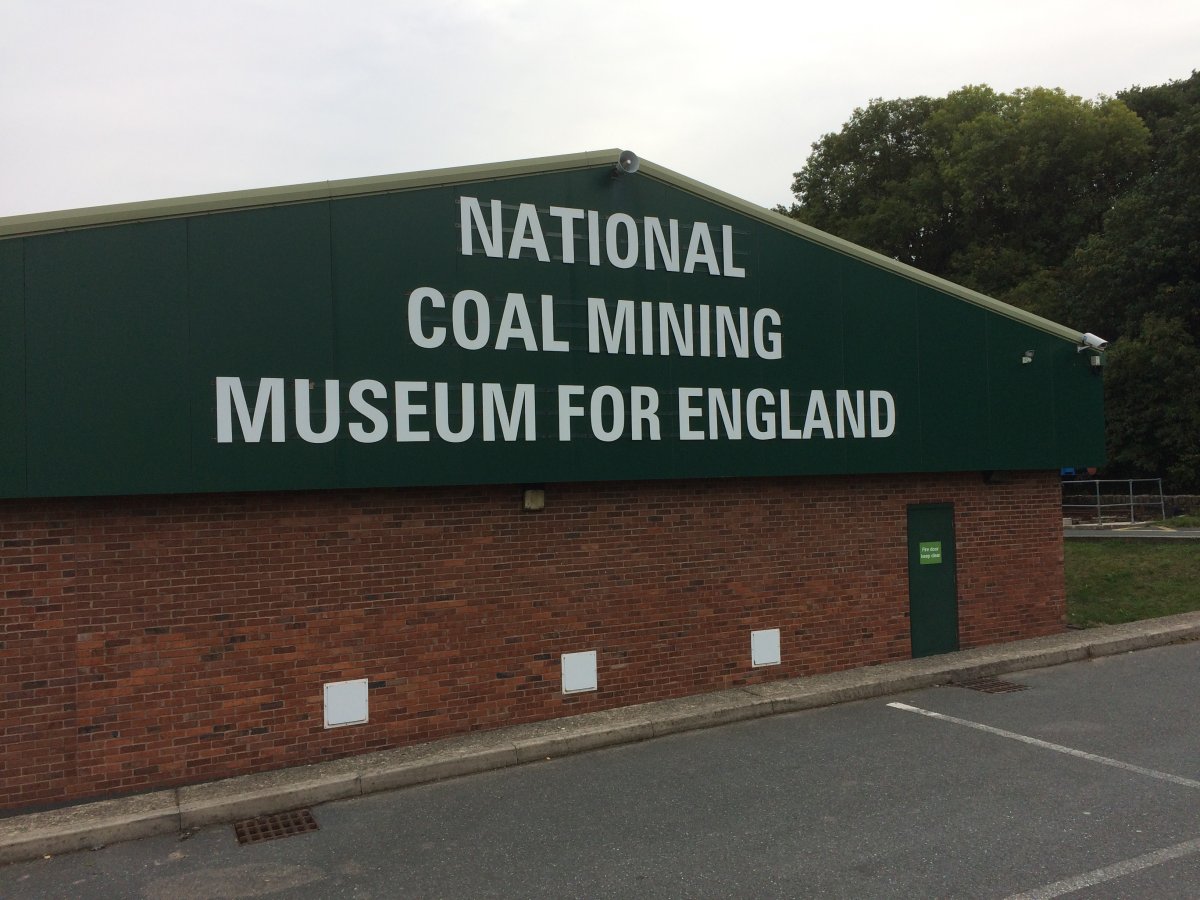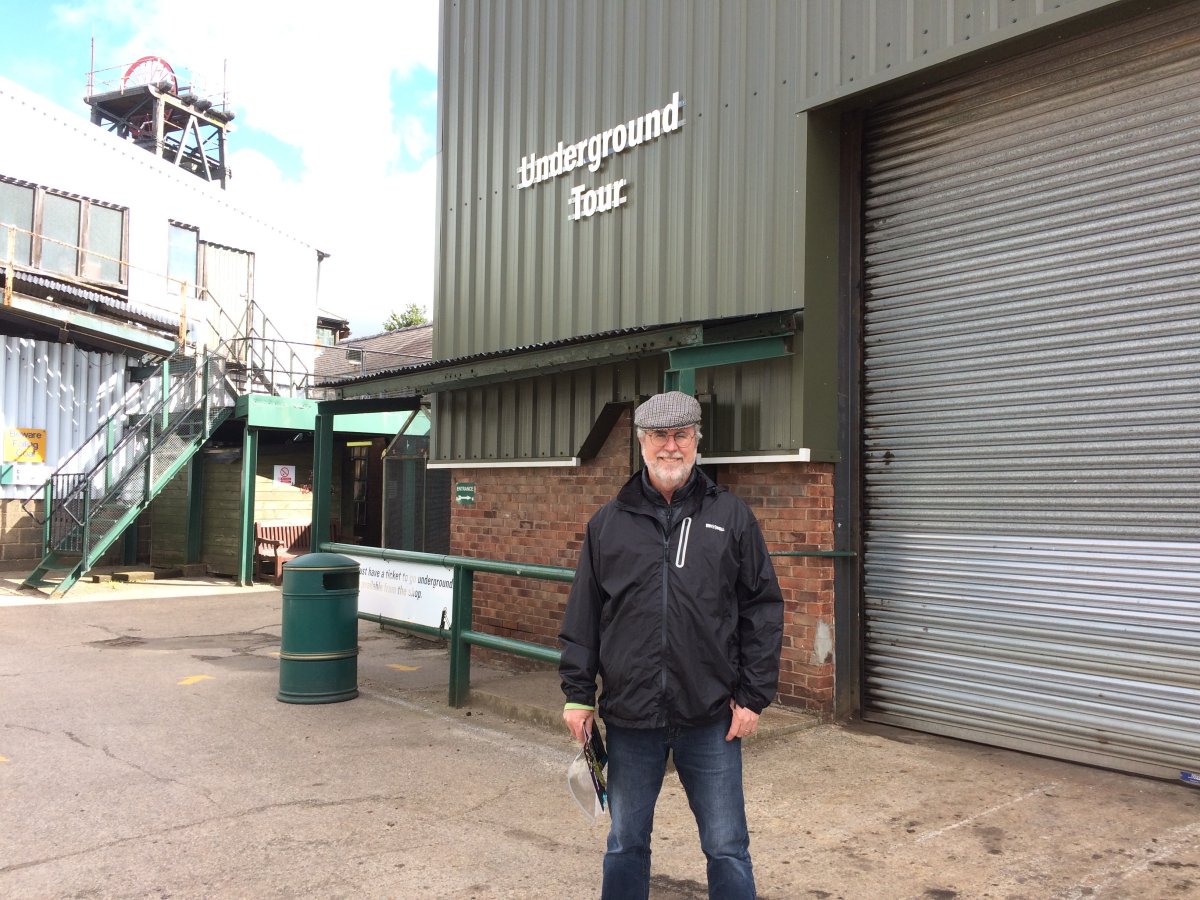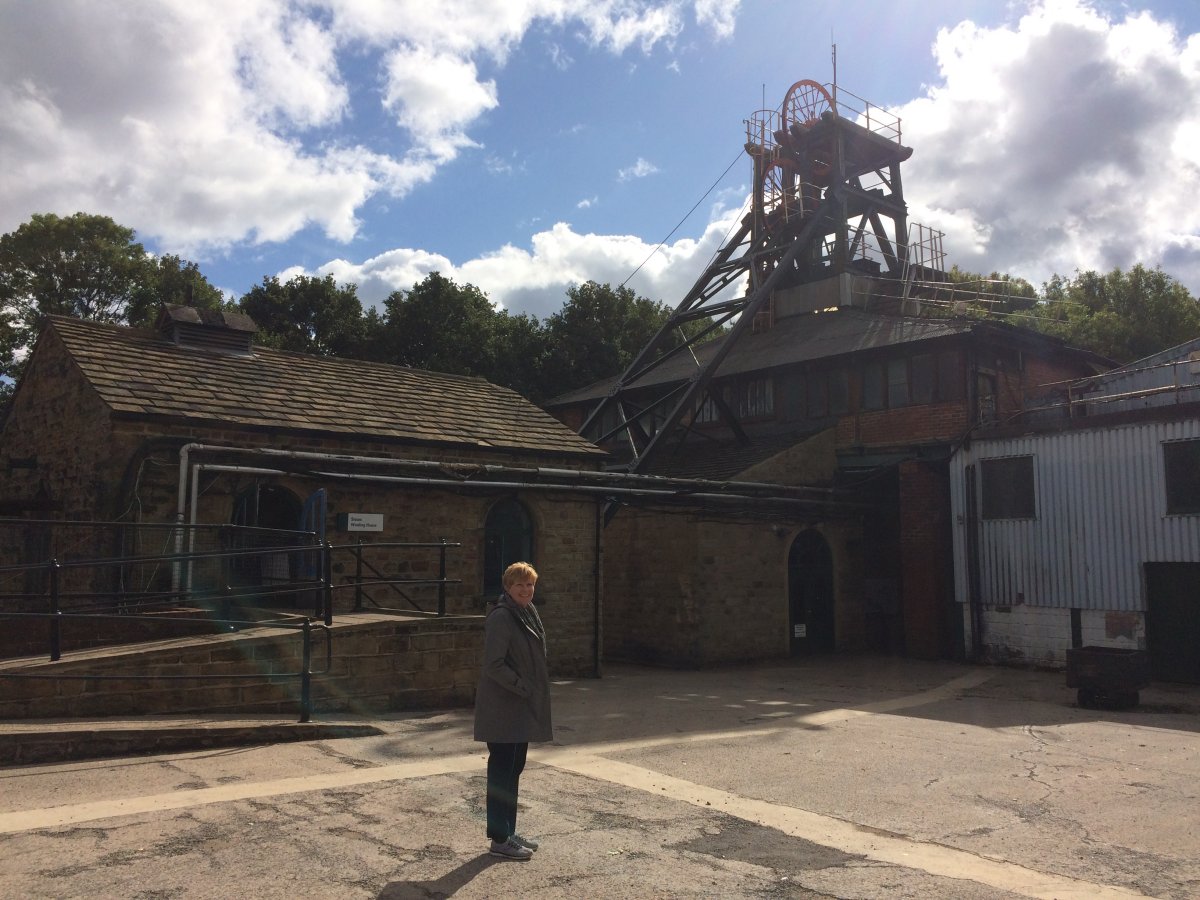England - Sep18 - National Coalmining Museum
As you realize by now, coal was a big part of the industrial revolution. So I thought we should visit a coal mining musuem which featured a descent into a real coal mine.
We departed York fairly early and arrived at the Coal Mine Museum right when it opened.

The mine was originally known as Caphouse Colliery and was was sunk in the 1770s or 1780s. The boiler house and stone and brick chimney at the museum were built around 1876 along with the steam winding engine house, boiler yard, heapstead and ventilation shaft. The boiler house has two Lancashire boilers and powered the winding engine. The timber headgear at Caphouse and the wood framed screens building at Hope Pit date from between 1905 and 1911. Pithead baths and an administration block were built between 1937 and 1938. The colliery was nationalised in 1947 and a drift mine opened in 1974. The colliery closed in 1985. The Yorkshire Mining Museum opened in 1988 and the museum became the National Coal Mining Museum in 1995.
The visitors center was mostly the social and industrial history about the mines and miners. We checked that out then went on the underground tour.


